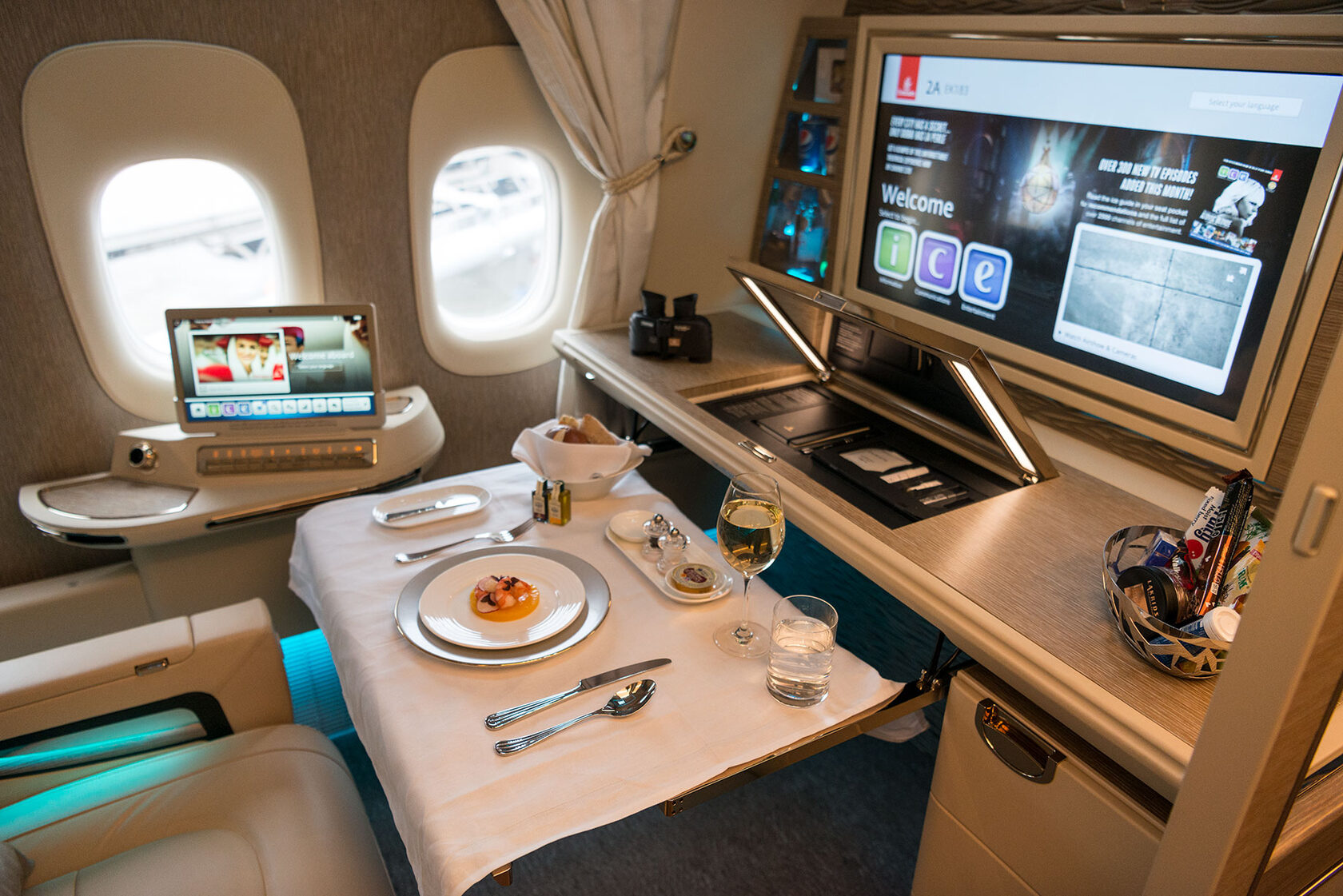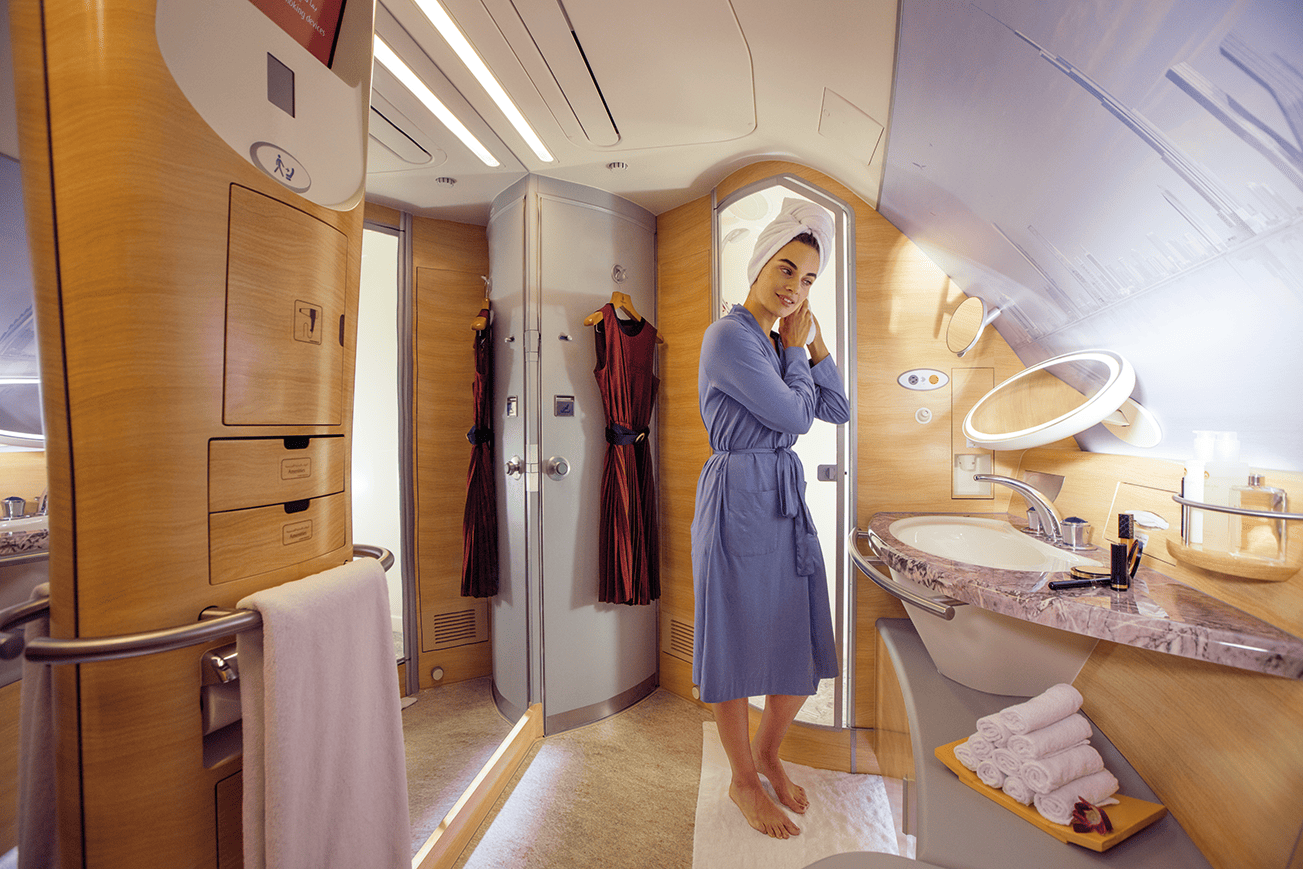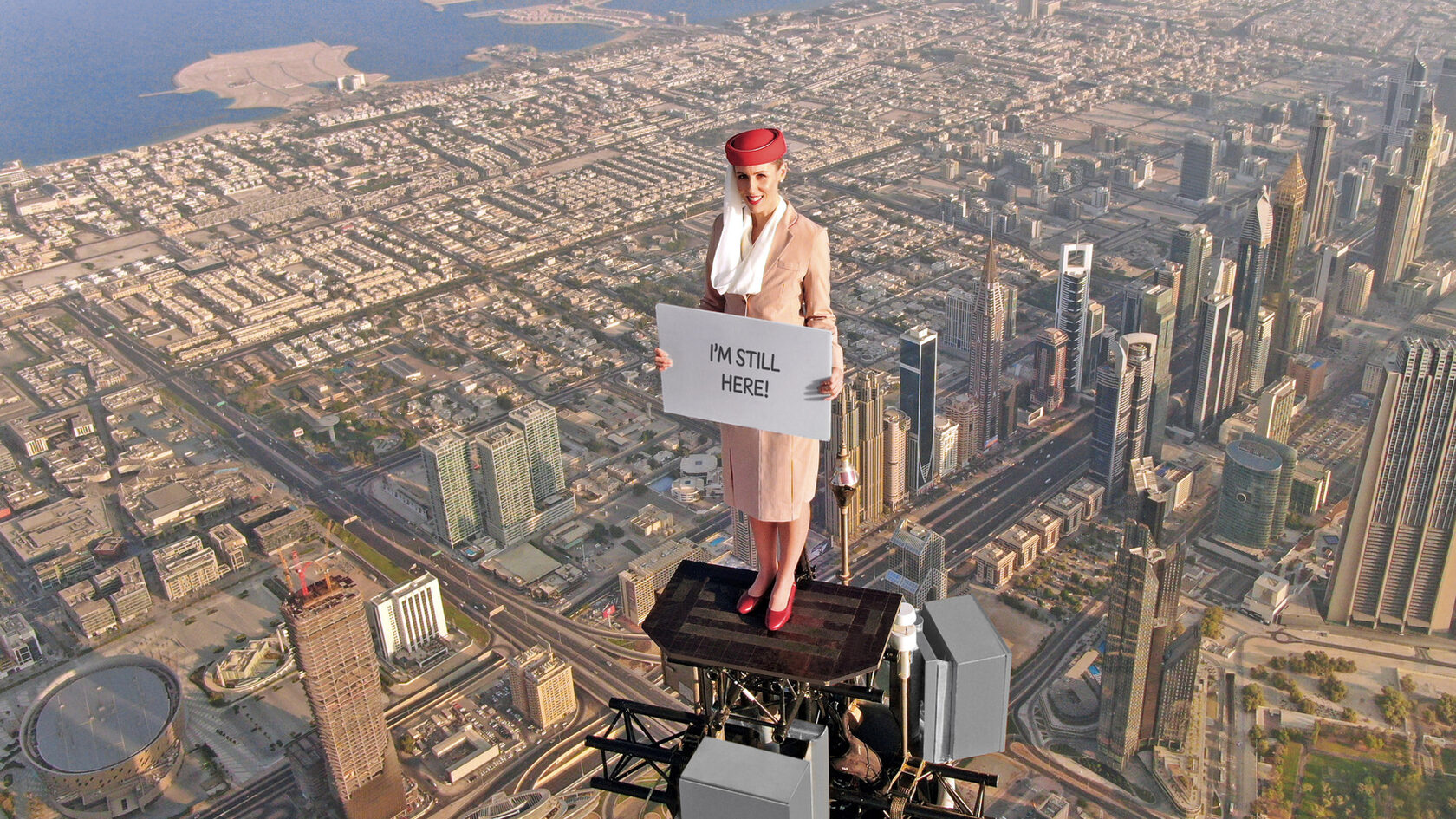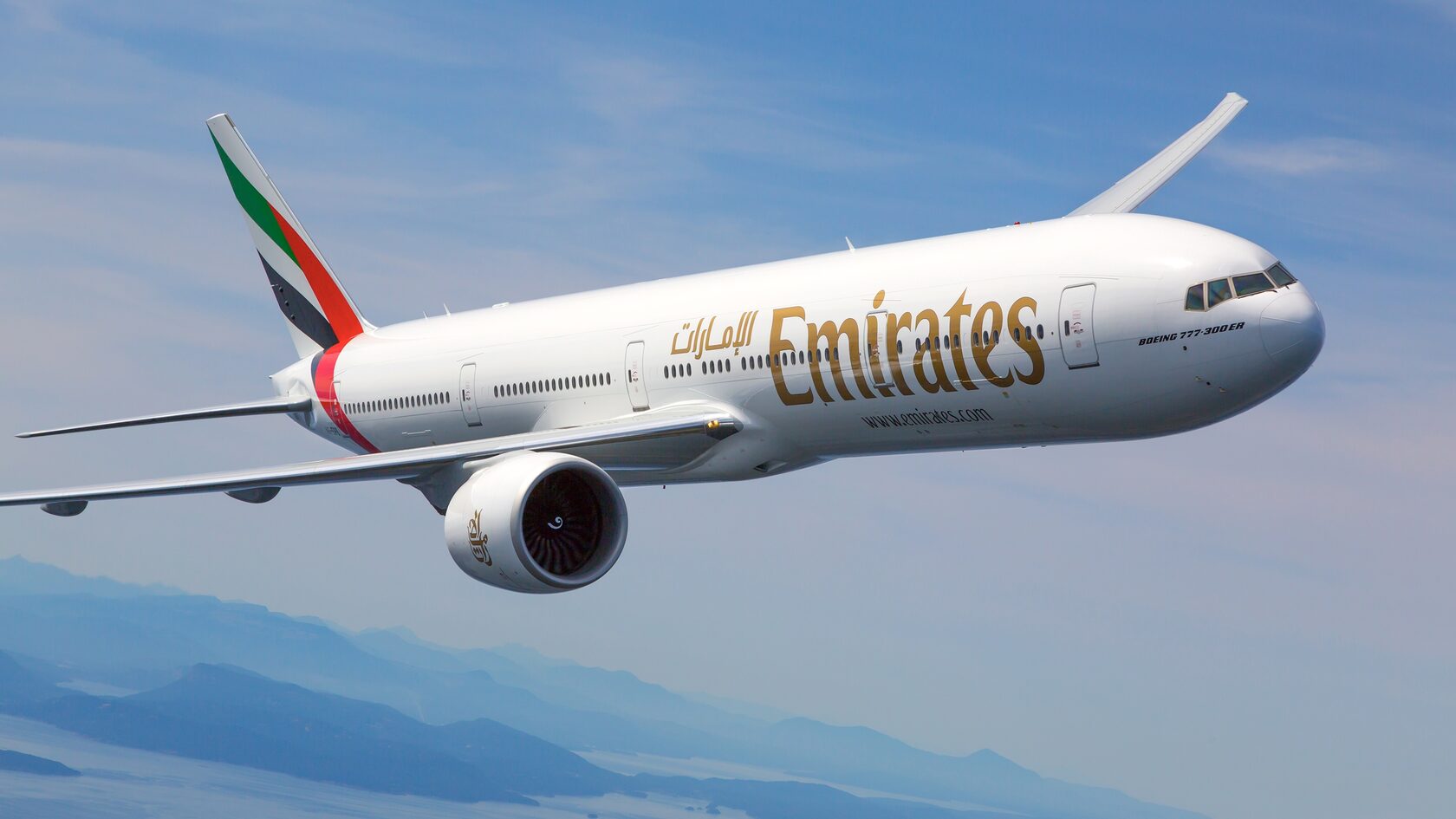The Business of Flight: How Emirates Turned Bold Bets into Record Returns
In May 2025, Emirates announced results that made the aviation world pause: a net profit of AED 19.1 billion, on revenues exceeding AED 121 billion. Passenger numbers climbed past 53 million, capacity expanded, and both cargo and ancillary businesses kept the balance sheet in the black. For an airline industry still known for razor-thin margins and fragile demand, these figures were a thunderclap. Emirates wasn’t just surviving — it was posting some of the strongest profits in global aviation.
The numbers made headlines, but behind them lies a story of risk, reinvention, and long games. Because Emirates has faced the same headwinds as everyone else: fuel price spikes, delivery delays from aircraft manufacturers, geopolitical shocks, and the pandemic years when fleets sat idle. Where many carriers limped out of COVID-19 with trimmed networks and cautious growth, Emirates doubled down — retrofitting over 200 aircraft, investing in new interiors, placing orders for A350s and 777Xs, and rewarding employees with a 20-week bonus to keep service quality high. The airline leaned on its diversified model, with cargo and ground services through dnata softening the blows, and used Dubai’s position as a hub between East and West to capture demand as soon as borders reopened.
But to understand why Emirates can swing back so powerfully in 2025, you have to roll the film back. The airline’s origins in 1985 were modest: two leased aircraft — a Boeing 737 and an Airbus 300 B4 — and a mission sketched by Dubai’s ruler Sheikh Mohammed bin Rashid Al Maktoum to “look good, be good, and make money.” In those years, regional aviation was dominated by national flag carriers with little interest in long-haul innovation. Emirates chose a different path.
In May 2025, Emirates announced results that made the aviation world pause: a net profit of AED 19.1 billion, on revenues exceeding AED 121 billion. Passenger numbers climbed past 53 million, capacity expanded, and both cargo and ancillary businesses kept the balance sheet in the black. For an airline industry still known for razor-thin margins and fragile demand, these figures were a thunderclap. Emirates wasn’t just surviving — it was posting some of the strongest profits in global aviation.
The numbers made headlines, but behind them lies a story of risk, reinvention, and long games. Because Emirates has faced the same headwinds as everyone else: fuel price spikes, delivery delays from aircraft manufacturers, geopolitical shocks, and the pandemic years when fleets sat idle. Where many carriers limped out of COVID-19 with trimmed networks and cautious growth, Emirates doubled down — retrofitting over 200 aircraft, investing in new interiors, placing orders for A350s and 777Xs, and rewarding employees with a 20-week bonus to keep service quality high. The airline leaned on its diversified model, with cargo and ground services through dnata softening the blows, and used Dubai’s position as a hub between East and West to capture demand as soon as borders reopened.
But to understand why Emirates can swing back so powerfully in 2025, you have to roll the film back. The airline’s origins in 1985 were modest: two leased aircraft — a Boeing 737 and an Airbus 300 B4 — and a mission sketched by Dubai’s ruler Sheikh Mohammed bin Rashid Al Maktoum to “look good, be good, and make money.” In those years, regional aviation was dominated by national flag carriers with little interest in long-haul innovation. Emirates chose a different path.

By the early 1990s, it was pioneering in-flight entertainment, installing personal video screens at every seat when most rivals still offered a single shared monitor. In 1993, it introduced on-board phones in every cabin class — even fax machines, a novelty at the time. In 2000, it made a headline-grabbing move by becoming the first airline to sign for the Airbus A380, both for its size and for the luxury it allowed on board: lounges, showers, and a chance to reimagine what long-haul travel could feel like.
Food and service followed the same pattern of escalation. Emirates kitchens produced meals on par with fine dining, its wine lists curated like restaurant cellars. First class meals were served on Royal Doulton china, with caviar service at cruising altitude. In 2017, it unveiled fully enclosed private suites with floor-to-ceiling doors, virtual windows, and personalized lighting — the kind of detail more common in boutique hotels than aircraft cabins.
Food and service followed the same pattern of escalation. Emirates kitchens produced meals on par with fine dining, its wine lists curated like restaurant cellars. First class meals were served on Royal Doulton china, with caviar service at cruising altitude. In 2017, it unveiled fully enclosed private suites with floor-to-ceiling doors, virtual windows, and personalized lighting — the kind of detail more common in boutique hotels than aircraft cabins.

On the ground, the airline was just as ambitious. The opening of Dubai International’s Terminal 3 in 2008 — a terminal designed almost entirely around Emirates — turned airport waiting into part of the brand: lounges, boutiques, direct boarding gates, all draped in the airline’s gold-and-red identity. Even sponsorships reflected this strategy. The name Emirates emblazoned across Arsenal’s stadium in London was brand placement on a global stage, aligning the UAE’s image with prestige and scale.
Yet none of these moves came without risks. The A380 bet was massive, locking the airline into a type that later faced production cuts. The pandemic nearly erased demand. Rising scrutiny over carbon emissions is pushing Emirates, like all carriers, to plan for sustainable fuels and more efficient fleets. But what distinguishes Emirates is how it turns those pressure points into defining projects — from retrofit programs to sustainability pledges, from staff incentives to aggressive network rebuilding.
Yet none of these moves came without risks. The A380 bet was massive, locking the airline into a type that later faced production cuts. The pandemic nearly erased demand. Rising scrutiny over carbon emissions is pushing Emirates, like all carriers, to plan for sustainable fuels and more efficient fleets. But what distinguishes Emirates is how it turns those pressure points into defining projects — from retrofit programs to sustainability pledges, from staff incentives to aggressive network rebuilding.

The paradox of Emirates is that it makes air travel feel effortless while its business is anything but. Each record profit masks years of planning, hundreds of variables from oil markets to slot allocations, and the discipline to act big when others hesitate. Naming the airline after the nation wasn’t just branding; it tied its reputation to the UAE’s own global image of ambition and luxury. Today, when Emirates sets records, the country sets them too.


